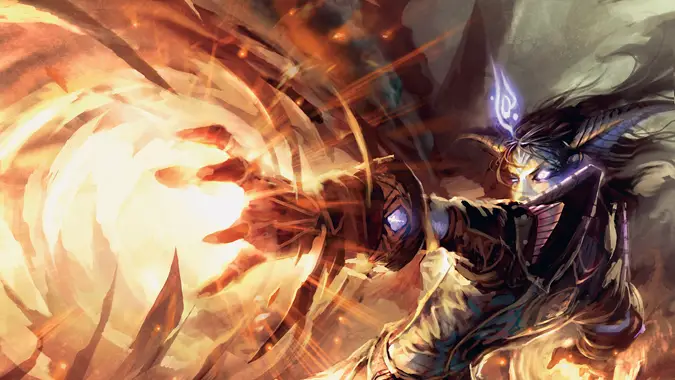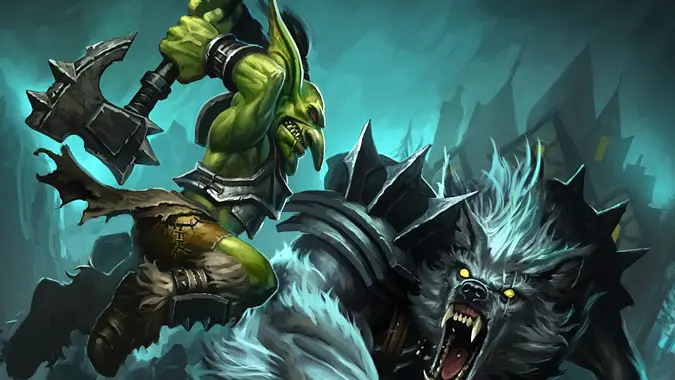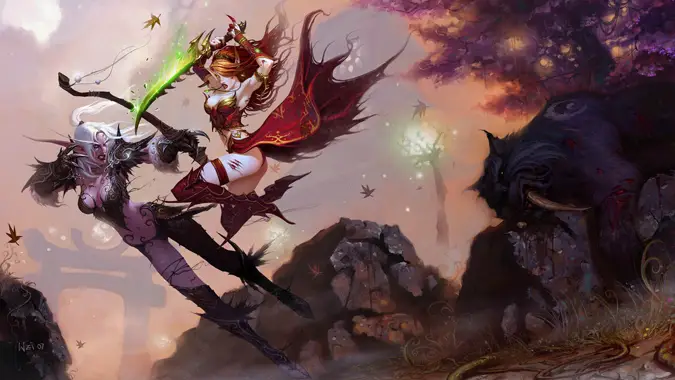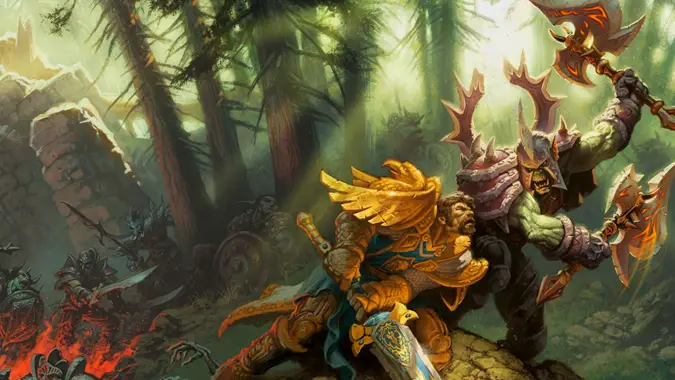Role Play: Roleplaying combat

Conflict is one of those things that comes up often in roleplay. After all, a story with no struggle or obstacles to overcome would be a pretty boring story, wouldn’t it? These types of conflict can be internal, like an emotional conflict where your character is struggling to decide between different courses of action, or external. External conflict usually involves situations where your character is either facing off against an NPC or a mob — or against another player.
And that’s where conflict gets really tricky, because everyone has their own method of roleplaying combat. There’s no wrong way to resolve a combat situation between players, but there are several different methods people tend to use. The important thing to remember when roleplaying combat, however, is that everyone wants their character to feel important, and everyone wants a fair fight.

Establishing rules and limits
When I say “fair” fight, I mean a fight where both players are on as equal footing as possible going into the situation. And this means you might want to take a minute or two to communicate what’s going on here, out of character, and sort out what kind of limits you want in play before you begin the fight. Are you okay if your character gets hurt? Are you okay if he dies? How far are you willing to take any kind of injuries?
More importantly, what is your opponent comfortable with? Are they okay with getting wounded, or scarred, or potentially dying? It might take some of the “free form” aspect of roleplay out of the situation, but at the same time, it helps to clarify just what you’re expecting to get out of this situation. On top of that, some OOC communication clearly establishes that line between in-character anger and out-of-character fun.
You don’t have to plan out the entirety of the fight, although you’re certainly welcome to establish what you’d like the ultimate outcome of the fight to be. If you have something you’d really like your character to get out of this particular situation, letting your opponent know in advance isn’t a bad idea. And the same goes for them, too.

Roleplaying combat actively
Once you’ve got the discussion out of the way, it’s time to get down to the fight itself. Obviously World of Warcraft comes with a built-in PVP combat system, and you can certainly use it for some active, real-time fighting action if you wish. But keep in mind that this means one of you is likely to have an advantage over the other — gear, spec, or general PVP experience can all factor in here.
In addition, certain classes tend to fare better in PVP than others. Some classes have options for crowd control, or options to kite, or can simply survive a truckload of damage no matter how much you pump out. Because of this, some people might not feel that active combat is really a fair way to resolve roleplaying combat situations, so establish what kind of fighting you’re okay with before you begin.
And if you’re really interested in keeping the fight fair, but active, there are always compromises you can make, too. Having both participants switch to low-level RP gear is a fun alternative, or making the fight a simple back and forth of autoattack punching is always fun, too. Everyone loves a rousing bout of fisticuffs!

Roleplaying combat passively
Active combat is fun, but it’s difficult to write out any reactions while you’re pummeling each other. Because of this, many roleplayers tend to gravitate towards a more passive style of combat. By passive, I mean writing out attacks and reactions as they happen, rather than actively striking your opponent via PVP. Doing this leaves you a lot of room for long descriptions and cool moves that your character model can’t feasibly make in game — it lets you be far more creative about what’s going on. And since neither of you are actively hitting each other, neither of you are at any kind of major advantage, making the fight completely fair from the get-go.
For passive combat, you’ll be making extensive use of emotes to convey what’s going on. These can be typed out in public by beginning your emote with /e, followed by a space. You’ll notice your chat window automatically flips to fill in your character’s name, and what you type next can be seen by anyone nearby. When you are emoting an action, you always want to make sure you’re giving your opponent something to respond to — and you never, ever want to write in their actions for them.
Good: Joe draws his weapon and rushes Kronk with a fierce battle-cry. “JOE IS PERFECTLY RESPECTABLE ORC NAME!” he bellows, swinging the axe in a terrifying arc.
Bad: Joe draws his weapon and rushes Kronk, lopping off his arm and stepping on the twitching limb. “All orcs who cross me fear the name Joe,” he gloats.
In the first example, your opponent has the option of getting the heck out of the way of that axe swing and countering with their own attempted attack. It’s up to the person being attacked to determine whether or not they’ve been hit, how hard they were hit, and how much damage they take. The only thing up to you is what your character is doing — and how eloquent they happen to be while they’re doing it, of course.
Leaving combat up to chance
While the above method is a fun and creative way to approach roleplaying combat, it can also be slightly unfair, depending on the players involved. Someone might just emote that they simply never get hit, or puff their character up to the point where the other player doesn’t stand a chance in a million years of winning. Engaging in a situation you can never, ever win is never fun, and because of this, some roleplayers also include an element of chance with all the emoting. How? By utilizing the in-game dice.
In between each emote, both opponents can /roll 10, and whoever has the higher roll is either successful in their attack, or succeeds in dodging the other player’s attack. If you want to get really complicated, you can assign yourselves a numeric value for your health — each player starts with 10 health, for example, and each successful attack does one damage. Opponents can either fight until one player or the other runs out of health, or until they are too “injured” to continue. Obviously in a situation like this, you want to establish whether or not your characters can die — and reiterate that running out of health does not indicate character death, simply the end of the combat encounter.
There’s also an addon out there that will pretty much do the same thing for you called RP Combat Dice. This particular addon uses a 2d10 style rolling system, and even keeps track of how wounded you are for you. All you have to do is come up with the creative emotes in between attacks, and you’re set.
While there isn’t any one “correct” method for roleplaying combat, you want to make sure you come to a method that all parties involved can agree on. Communicating with your opponents and establishing what method you both want to use goes a long way towards keeping the fight where it belongs — in character and on the battlefield, instead of bickering between friends.
Please consider supporting our Patreon!
Join the Discussion
Blizzard Watch is a safe space for all readers. By leaving comments on this site you agree to follow our commenting and community guidelines.
 @Shadesogrey
@Shadesogrey




